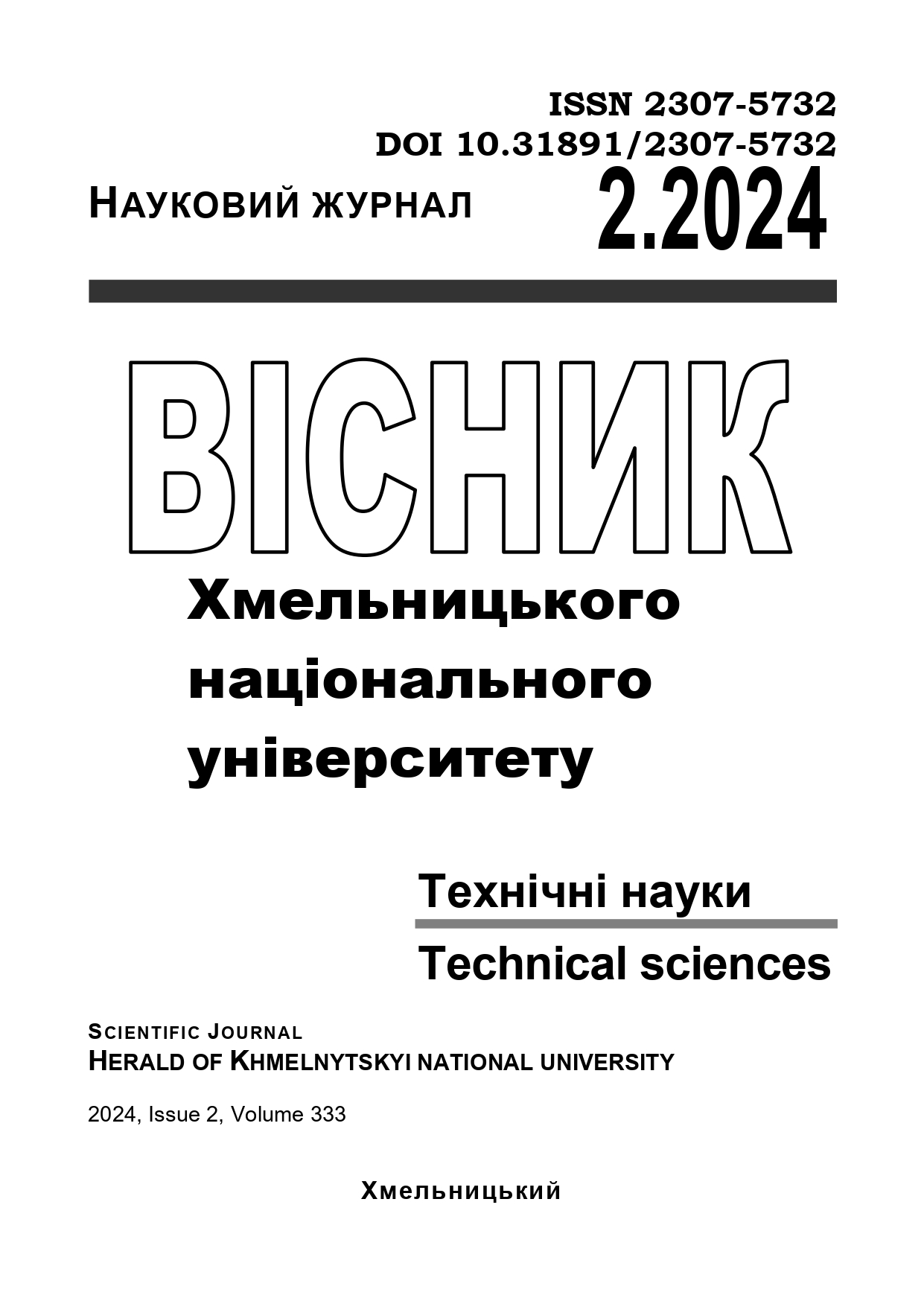MATHEMATICAL MODEL OF RELIABILITY ASSESSMENT FOR DIAGNOSING THE TECHNICAL CONDITION OF ELECTRICAL ENGINEERING COMPLEXES IN DISTRIBUTED WATER SUPPLY SYSTEMS
DOI:
https://doi.org/10.31891/2307-5732-2024-333-2-67Keywords:
electrical engineering complexes, distributed water supply systems, diagnosticsAbstract
Distributed water supply systems are high-tech complexes that include a variety of electrical components and control systems. Ensuring their reliable and uninterrupted operation requires continuous monitoring and diagnostics of their technical condition.
The diagnosis of distributed water supply systems depends on many factors, which can be both deterministic and random. At present, this is a complex task due to the diversity of processes affecting the parameters of the water supply network's operational state. The non-stationarity of data, caused by cyclic changes in flow rate and pressure over time, also makes their diagnosis challenging. For precise diagnosis of the state of distributed water supply systems, it is necessary to consider not only typical emergency situations but also anomalous water consumption conditions and peculiarities of pressure management system operation.
The article proposes a mathematical model for assessing the reliability of electrical engineering complexes in distributed water supply systems for the purpose of their diagnostics. The model is based on the analysis of failure probabilities of various components and subsystems of the complex. The research aims to help identify problematic areas in the water supply system and prevent potential emergency situations. The research results can be used to improve the safety and efficiency of water supply systems, as well as to optimize resource management. The use of the mathematical model in conjunction with modern diagnostic technologies can significantly improve the management of water supply infrastructure and ensure the reliable operation of electrical complexes.
A convenient indicator for assessing the diagnosis of the technical condition of electrical engineering complexes in distributed water supply systems is the probability of failure downtime, which reflects both the frequency of failure occurrence and the duration of downtime. For assessing the reliability of the consumer water supply system, it is expedient to use such an indicator: the probability of safe downtime, which takes into account both the frequency of failures and the permissible duration of downtime under safety conditions.

